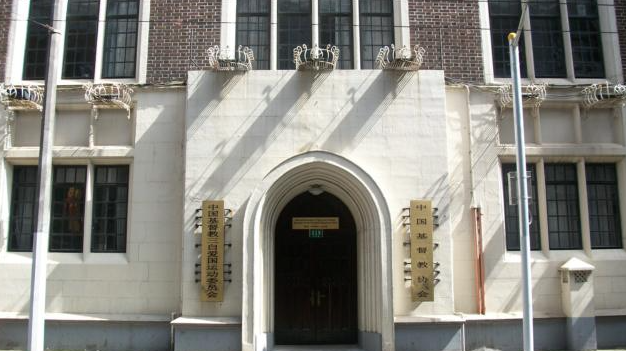Earlier this year, Bitter Winter reported that the “Buddhist and Taoist Clerical Personnel Information Query System” (佛教道教教职人员信息查询系统) had been launched in Beijing. It was presented as a tool to “unmask” false and fraudulent Taoist priests and Buddhist monks. Where frauds are not unknown, the main reason for the creation of the data base was to identify, expose as illegitimate, and persecute Buddhist and Taoist clergy not subservient to the CCP nor part of the government-controlled China Buddhist Association and China Taoist Association.
Not surprisingly, it came out that the project was not limited to Buddhism and Taoism. Religion is controlled in China through the five authorized religions, whose leaders and cadres are selected by the CCP and whose aim is to transmit to religious believers the orders and the ideology of the Party. These are, in addition to the China Buddhist Association and the China Taoist Association, the Patriotic Catholic Church, the China Islamic Association, and the Three-Self Church, to which all legal Christian churches should belong (“Christian” being used in China as a synonym of “Protestant” and excluding Catholics, for whom there is a separate organization). Most Chinese believers do not belong to these organizations, but to independent groups such as the Protestant house churches, the Catholic communities of conscientious objectors rejecting the Vatican-China deal of 2018, and the independent mosques and temples.
Theoretically, all religious communities operating outside the five authorized religions are “illegal,” although Deng Xiaoping in 1982 granted them a limited tolerance. Subsequent CCP leaders restricted this tolerance, until Xi Jinping came and made no mystery of his plan to compel all independent communities to join the five authorized religions. Those stubbornly refusing may be classified as “xie jiao,” the label used for “heterodox teachings” that are completely prohibited, regarded as criminal organizations, and severely persecuted, such as Falun Gong or The Church of Almighty God.
The data bases of clergy are part of this strategy. Only the “legal” clergy of the authorized religions is included there. Citizens are encouraged to look for the name of the clergy they come in contact with in the data bases. If the names are not there, a “false” monk or priest (who in most cases is not “false,” just does not belong to a government-controlled organization) is identified and can be put under surveillance or arrested.
On May 23, the Patriotic Catholic Church, the China Islamic Association, and the Three-Self Church, officially launched an “Information Query System for Islamic, Catholic, and Christian clergy” (斯兰教、天主教、基督教教职人员信息查询系统) following the model already implemented for Buddhists and Taoists.
Believers (and anybody else) can check whether a priest, pastor, or imam is “legal” after obtaining a mobile phone verification code, which of course allows the system to identify who is accessing the data base. In practice:
Step 1: The inquirers enter their personal mobile phone numbers and can log in to the system after obtaining a SMS verification code.

Step 2: After the users are logged in into the system, they should fill in a form asking for the name, the ID card number, and the residence (accurate to the district of a prefecture-level city or municipality directly under the Central Government) of the person claiming to be a priest, pastor, or imam.

Step 3: If the person is a “legal” religious cleric, i.e., is affiliated with the Patriotic Catholic Church, the China Islamic Association, or the Three-Self Church, the system will display his or her relevant information.

Steep 4: If the person claiming to be a priest, pastor, or imam is not found in the data base, the system will inform the user accordingly. But of course, the authorities will know about the request and may easily identify both the “illegal” clergy and the person reporting them.











